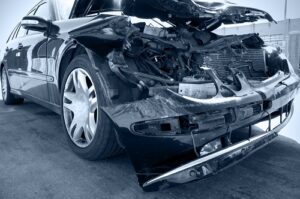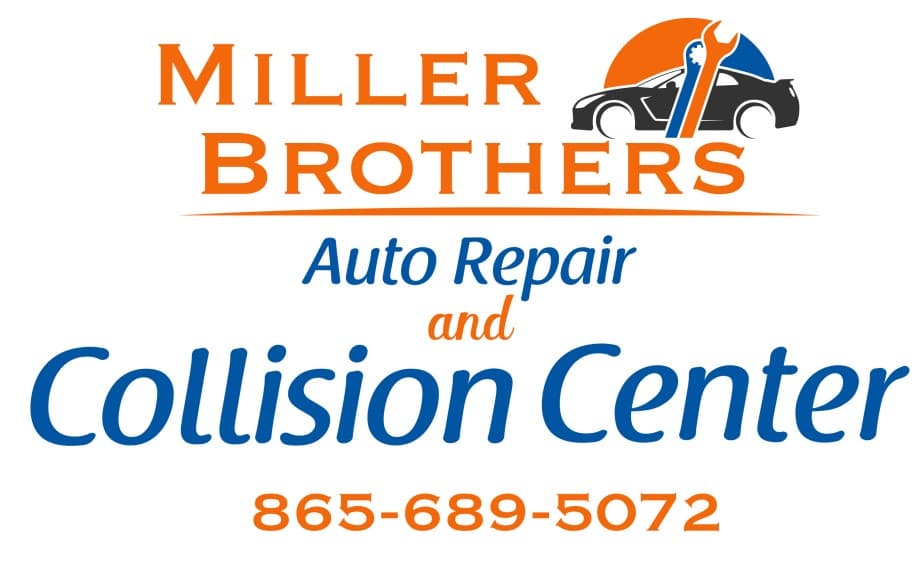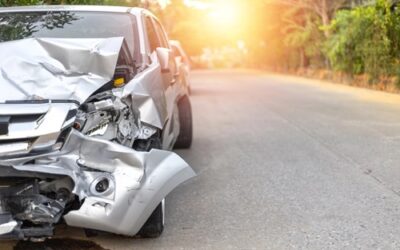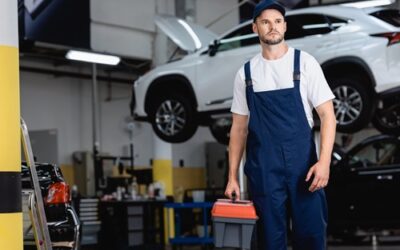 In recent years, the surge in traffic, longer commutes, and an abundance of distractions on the road have led to the rise of auto collision avoidance systems. These systems offer a promising solution to reduce accidents through cutting-edge sensors and alert mechanisms. However, the pivotal question remains: can you put your complete trust in auto collision avoidance systems when navigating the roads? In this article, we delve into the details of these systems, and how they function, and provide statistics to help you make informed decisions about their reliability and if you need to look for a reputable auto collision repair shop.
In recent years, the surge in traffic, longer commutes, and an abundance of distractions on the road have led to the rise of auto collision avoidance systems. These systems offer a promising solution to reduce accidents through cutting-edge sensors and alert mechanisms. However, the pivotal question remains: can you put your complete trust in auto collision avoidance systems when navigating the roads? In this article, we delve into the details of these systems, and how they function, and provide statistics to help you make informed decisions about their reliability and if you need to look for a reputable auto collision repair shop.
Collision Avoidance Systems Overview
- Collision avoidance systems, also known as Advanced Driver Assistance Systems (ADAS), encompass a suite of safety features aimed at assisting drivers in preventing accidents.
- These systems utilize an array of sensors, cameras, and radar technology to monitor the vehicle’s surroundings, issuing warnings or taking corrective actions in potential collision scenarios.
- Common examples of collision avoidance systems include lane departure warnings, forward collision warnings, automatic braking, blind-spot monitoring, and rearview cameras.
Working Mechanism of Collision Avoidance Systems
- Advanced Driver Assistance Systems integrate sensors, cameras, and radar to identify potential hazards on the road.
- Sensors, strategically positioned on the vehicle, continuously gather real-time data about the environment.
- Cameras, equipped with advanced optical technology, analyze lane markings for features like lane departure warnings.
- Radar technology, vital for blind-spot monitoring, detects nearby vehicles in adjacent lanes.
- These systems offer various functionalities, such as lane position monitoring, blind spot detection, collision warnings, automatic emergency braking, adaptive cruise control, intersection collision alerts, cross-traffic warnings, and parking assistance.
Key Considerations for Collision Avoidance Systems
- Supplementary Safety Net: It’s crucial to understand that these systems complement your driving skills rather than replacing them entirely. They act as a supplementary safety net, especially in situations where human reaction times may be limited.
- Limitations in Adverse Conditions: Collision avoidance systems may experience reduced performance in adverse weather conditions, including heavy rain, snow, or fog. Issues may also arise if road markings are obscured or if sensors fail to detect obstacles accurately.
- Regular Automotive Maintenance: To ensure the reliability of collision avoidance systems, it’s essential to maintain and clean sensors and cameras regularly. Dust, debris, or damage to these components can compromise their effectiveness.
Trusting Auto Collision Avoidance Systems
 The trustworthiness of ADAS depends on several factors, including the specific features of the system, environmental conditions, and the driver’s understanding of system limitations.
The trustworthiness of ADAS depends on several factors, including the specific features of the system, environmental conditions, and the driver’s understanding of system limitations.- While these systems have proven effective in preventing certain types of accidents, they are not infallible.
- Drivers must remain vigilant and aware of their surroundings, never solely relying on these systems. Remember that collision avoidance systems are designed to assist, not replace, the driver’s responsibility.
- Understanding the limitations of these systems and being prepared to take manual control when necessary is essential for safe driving.
Statistics on Auto Collision Avoidance Systems
- A study by the Insurance Institute for Highway Safety (IIHS) in March 2021 examined the effectiveness of Forward Collision Warning (FCW) and Automatic Emergency Braking (AEB) in trucks.
- The study found that FCW systems led to a significant 22% reduction in the rate of police-reportable car crashes per vehicle mile traveled, along with a 44% reduction in rear-end collisions involving large trucks.
- AEB intervened in 43% of rear-end crashes, with approximately two-thirds of these cases involving auto brake activations.
- On average, speed was reduced by over half between the time of intervention and impact for both FCW and AEB.
- While this study focused on large trucks, it demonstrates the effectiveness of FCW and AEB systems in reducing crashes, particularly in cases of large trucks rear-ending other vehicles.
Auto collision avoidance systems are valuable tools for enhancing road safety, but they should be seen as supportive aids rather than replacements for attentive driving. By understanding the capabilities and limitations of these systems, and by maintaining them properly, drivers can harness their potential to mitigate road accidents effectively. Trust in these systems should be balanced with ongoing awareness and preparedness for manual control when needed, ensuring safer journeys for all on the road.
Is your vehicle in need of expert collision repair? Trust Miller Brothers Transmission Auto Repair and Body Shop to bring your car back to its pre-accident condition.
Like our Facebook page for more information about auto services.
Miller Brothers Auto Repair and Collision Center
7123 Tazewell Pike
Corryton, TN 37721
(865) 689-5072
https://www.millerbrosautorepair.com/
Serving Knoxville, TN and Knox County
Service areas include: All of Knox County, Corryton, Fountain City, Halls Crossroads, Powell and Knoxville



